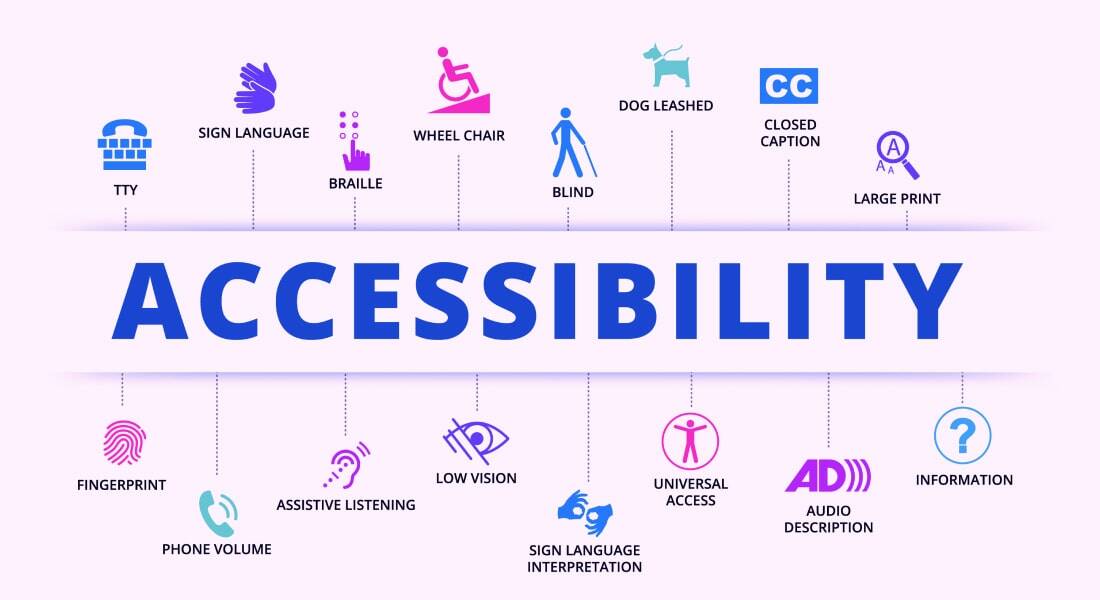5 Instructional Design Mistakes That Could Ruin your eLearning Course

Proper designing of an custom eLearning course ensures its success. So, it is very important to design an error-free eLearning course. Sometimes, Instructional Designers tend to do some designing mistakes either due to lack of knowledge/experience or in haste. Here are five common instructional design mistakes that can be avoided to develop an effective eLearning course.
→ Download Now: Instructional Design 101
5 Instructional Design Mistakes to Keep an Eye on!
5 Instructional Design Mistakes to Fix for a Better eLearning Course
- Improper Analysis of Content
- Disorganized Layout
- Improper Color Combinations
- Splitting Text and Images
- Giving Poor Examples
1. Improper Analysis of Content
The first thing that we do after receiving the eLearning course inputs is to analyze it thoroughly. If we don’t understand the content correctly, then we cannot decide on the right strategy to present the content. Using an inappropriate instructional design strategy can make the course ineffective. Therefore, we need to spend adequate time to analyze and understand the content and not shy away from asking questions to clarify doubts.
2. Disorganized Layout
One of the common rookie mistakes is dumping large content on screen. Organizing the content in a well-structured manner would help attract learners to the course. Having clear and appropriate slide titles would give learners a basic idea of what is being taught in that particular slide. Representing information in smaller chunks is also helpful. Using proper diagrams that support quick comprehension would help in organizing the content effectively.
Master the art of creating organized and responsive eLearning!
3. Improper Color Combinations
When it comes to communication, color is unbeatable. Unconscious or otherwise, color can evoke emotions, inspire reactions, and change modes of thinking.
Using soothing colors is a key aspect of instructional design principles as it creates a pleasant experience and helps learners stay focused on the course. Loud or improper color combinations, on the other hand, can distract and reduce engagement.
4. Splitting Text and Images
It is always a good practice to represent content with appropriate visuals, as it helps learners retain information for a long time. In such cases, it is important to place the visuals next to the content as splitting text and images would not create an effective impact on the learner.

5. Giving Poor Examples
Having clear and good examples helps learners understand the context of the custom eLearning content in a better way. Poor examples can ruin the situation and increase ambiguity in the minds of learners. So make sure that your examples support the content.
By taking care of these five things, we can develop some effective eLearning courses.





